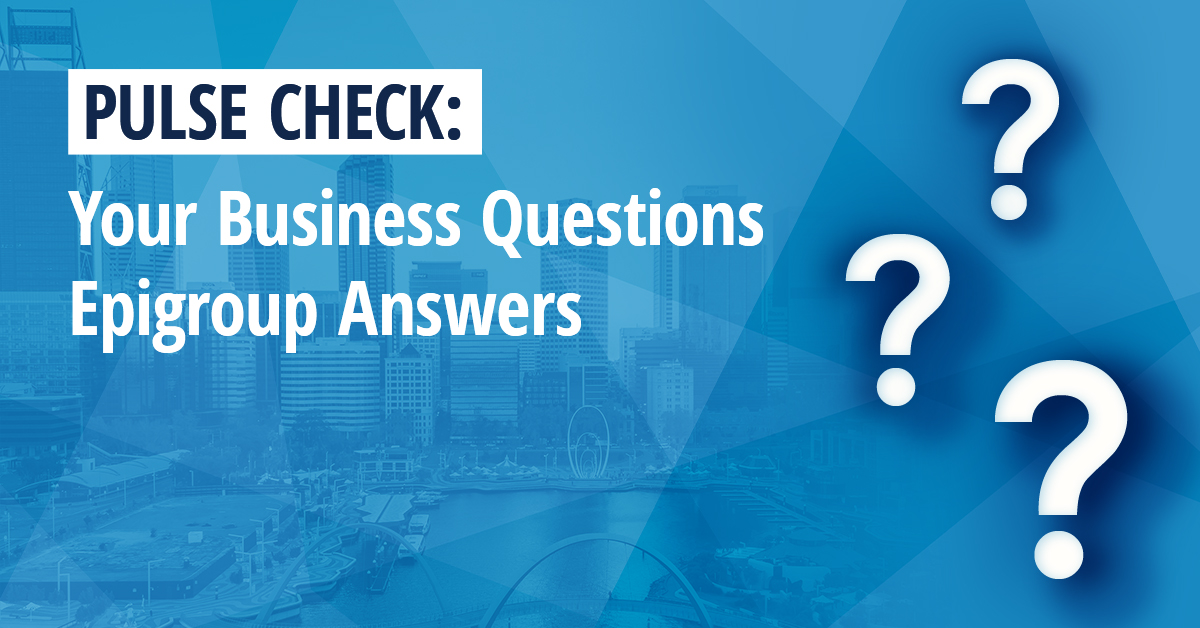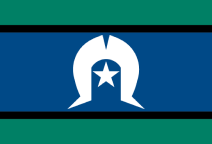Did you know that the Occupational Safety and Health Regulations 1996 and the Tobacco Products Control Regulations 2006 outline the obligations of employers and those who control or manage enclosed spaces towards smokers? Failure to comply with the regulations may result in fines.
Legal obligations
Public Spaces - Tobacco Products Control Regulations 2006 (Regulations)
The Regulations prohibits:
- individuals smoking in an enclosed public space
- occupiers (those with control or manage the enclosed public space) allowing an individual to smoke in an enclosed public space.
The Regulations also stipulate that an occupier must take reasonable steps to prevent smoke from entering an enclosed space.
If the premises are licensed, “no smoking” signs must be clearly visible to individuals entering through a public entrance.
Enclosed public places
Areas considered enclosed public spaces are defined in the regulations by using a very specific calculation to determine the exact ratio of solid walls to roof space. In general, an area is considered an enclosed public place if it is covered or partly covered by a roof and has more than one mostly solid wall. Where an area is partially or totally covered by a roof and has either just one straight wall or two straight walls that are set in an angle of 90° or more the area is not considered enclosed.
Public places that must comply with the regulations may include: shopping centres; restaurants, cafes; sporting clubrooms; commercial and other business premises; theatres, cinemas; and public transport facilities.
An occupier of an enclosed public place is responsible for:
- ensuring patrons do not smoke in enclosed areas
- clearly displaying signs so patrons know where smoking is not permitted
- paying penalties for breaching the regulations.
Workplaces - Occupational Safety and Health Regulations 1996
The Occupational Safety and Health Regulations 1996 state that an employer or self-employed person must not smoke in an enclosed workplace.
Enclosed workplaces
This is defined as a workplace that has a ceiling or roof and walls or sides so that when all doors, windows or coverings are closed, the space is mostly or completely enclosed.
Designated smoking areas
Employers may have designated smoking areas and need to ensure that this area is not an enclosed workplace.
Smoking in vehicles
Vehicles are also considered enclosed workplaces. The only exception is smoking in a private vehicle supplied by the smoker.
Signage
Employers must either give notice to employees and visitors by policies or display via signage that smoking is prohibited in the workplace.
Cost to employers
It is estimated that employees who smoke will take between three and four breaks per work day. To reduce the cost of downtime associated with smoking, employers may wish to introduce a smoking policy or a smoke free workplace.
Smoking policy
If you are considering introducing a smoking policy in your organisation, consider the following:
Draft a policy – develop a draft policy and seek feedback from your employees. The policy should include the implementation date, where smoking is allowed and not allowed and how the policy will be enforced.
Consultation – consult with your employees and, if the workplace has them, the safety and health representatives. Employees are more likely to be supportive of changes to policies and procedures if they are involved and understand the importance of the policy.
Education and training – educate all of your employees on the importance of a healthy workplace and the risks associated with smoking. You may refer staff to your employee assistance program (EAP), if you have one. An EAP is an independent, confidential, professional counselling service for employees to assist with a range of issues including those involving addiction. Your smoking policy should outline how your employees can access the EAP.
Posters, stickers, pens, brochures and Quit Packs (self help manuals) are available from the Department of Health Western Australia by calling Health Info on 1300 135 030.
Notification – ensure that all employees and visitors are advised that a smoking policy is to be implemented and is easily available and accessible.
Enforcement – if you are finding people are smoking in areas other than the designated smoking area, then a timely reminder may be in order, perhaps as part of a safety or tool box meeting.
Discipline – if your employees fail to comply with the smoking policy, procedures should be developed for counselling. For further non-compliance, disciplinary action may be required in accordance with the organisation’s policy and procedures.
If formal disciplinary action is required, or for further information on writing disciplinary policies, contact the Employee Relations Advice Centre on (08) 365 7660 or email [email protected].
Like to know more?
Writing a Workplace Smoking Policy? CCI’s Occupational Safety and Health Adviser can assist members.












